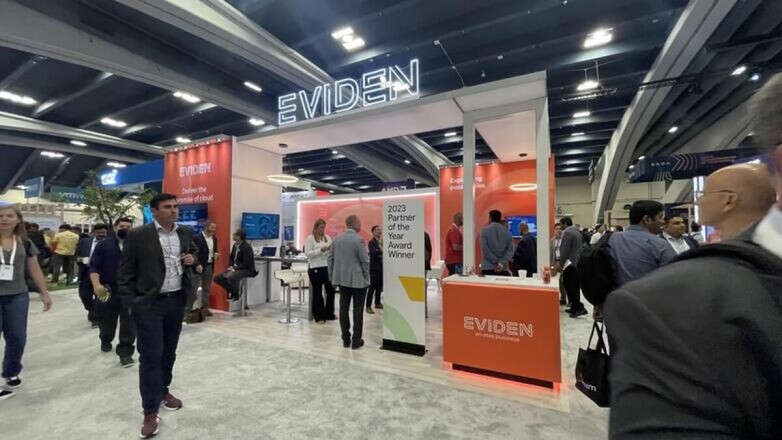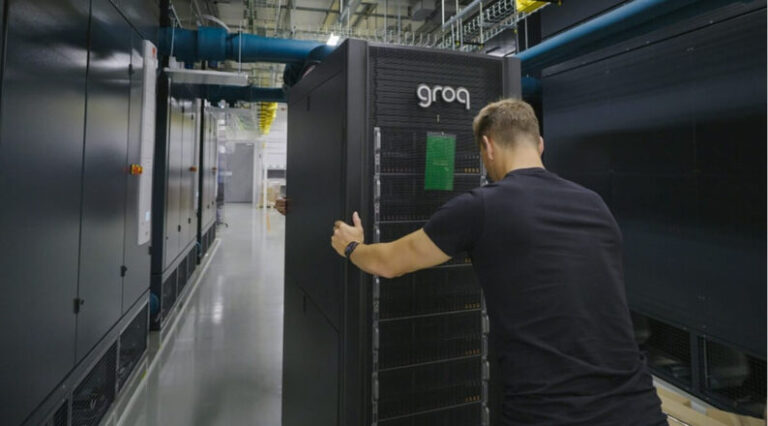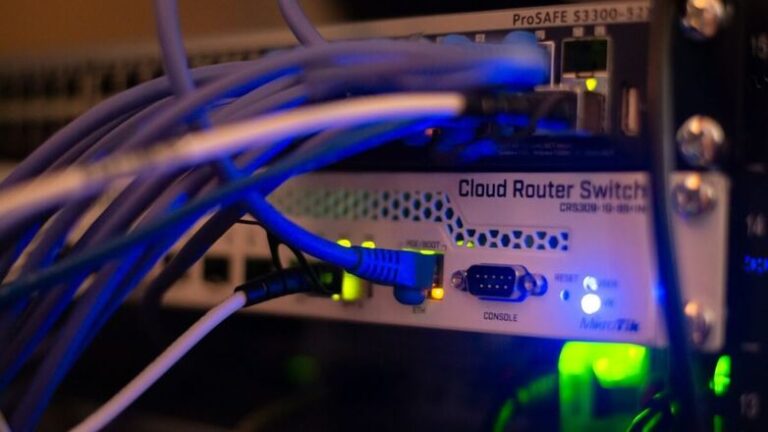
Eviden, an Atos Group product brand and long-standing player in the high-performance computing (HPC) market, has introduced the BullSequana XH3500, a next-generation supercomputer engineered to meet the escalating demands of converged AI and HPC workloads.
Positioned as the successor to the BullSequana XH3000, the new platform is designed to scale beyond exascale, offering higher density, efficiency, and flexibility to support scientific research, industrial R&D, and large-scale AI model training.
The launch comes at a pivotal moment for the industry. As organizations race to build AI factories and HPC systems capable of supporting large language models, physics simulations, climate modeling, and biomedical workloads, power and cooling constraints have become central challenges. Eviden’s new system aims to address these constraints with a blend of hardware innovation, advanced cooling, and an open, modular architecture.
Higher Density, Lower Environmental Footprint
Compared to its predecessor, the BullSequana XH3500 delivers substantial gains in power and cooling capacity. Eviden reports more than 80% additional electrical power per square meter and 30% more cooling capacity per kilowatt, achieved without increasing rack footprint. This translates into higher performance density – allowing data centers to accommodate AI and HPC growth without expanding physical space.
Energy efficiency is another key pillar. The system features 100% fan-less fifth-generation Direct Liquid Cooling (DLC), using warm-water cooling at up to 40°C. By eliminating fans and supporting heat-reuse strategies, the design significantly reduces total cost of ownership while aligning with sustainability goals for next-generation AI infrastructure.
Modular and Vendor-Neutral
Eviden maintains a long-standing strategy of avoiding vendor lock-in, and the XH3500 continues that approach. Its open, modular chassis allows customers to mix CPUs, GPUs, AI accelerators, and networking technologies from multiple suppliers, adapting the supercomputer’s configuration to specific applications – from classical simulations to generative AI and deep learning.
This flexibility, Eviden emphasizes, also prepares customers for future technologies, including emerging AI accelerators and quantum components, which can be integrated as they mature.
Built as Part of a Complete Ecosystem
The BullSequana XH3500 is part of a broader environment comprising software optimization tools, engineering support, and lifecycle services. Power-aware scheduling, intelligent resource management, and application tuning capabilities are offered to help organizations reduce time-to-solution – a longtime priority for HPC and AI operators facing massive data volumes and complex workflows.
“The convergence of HPC and AI is redefining how we solve the world’s most complex challenges,” said Bruno Lecointe, VP and global head of HPC, AI and Quantum Computing at Eviden. “With a modular architecture able to integrate diverse CPU, GPU, and AI accelerators, the BullSequana XH3500 will support customers in meeting the demands of today’s AI factories and future hybrid computing environments.”
Industry analysts say Eviden’s strategy aligns strongly with user needs. “The BullSequana XH3500 addresses the top needs cited in our surveys: bringing AI capabilities to scientific applications while staying rooted in high-performance computing,” said Addison Snell, CEO of Intersect360 Research. He noted that Eviden’s vendor-neutral, modular approach stands out at a time when many organizations seek to avoid dependence on single-supplier roadmaps.
The BullSequana XH3500 is now positioned as a flagship platform for the AI-HPC convergence wave, targeting universities, research labs, national supercomputing centers, and enterprises deploying large-scale AI workloads.
Executive Insights FAQ: Supercomputers and AI/HPC Use Cases
Why are modern supercomputers increasingly built for both AI and HPC?
AI workloads (like large language model training) and traditional simulations both require massive parallelism and accelerator-heavy architectures. Converged systems allow organizations to run scientific modeling and AI training on the same infrastructure, improving efficiency and lowering cost.
What types of AI workloads typically run on supercomputers?
Common use cases include LLM training, scientific machine learning, predictive analytics, drug discovery, fusion energy simulations, and digital twin environments that blend physics-based modeling with neural networks.
How do supercomputers support industrial innovation?
Supercomputers accelerate R&D in sectors such as automotive (autonomous driving models), aerospace (flight physics), pharmaceuticals (molecule simulation), finance (risk modeling), and energy (reservoir simulation, grid optimization).
Why is liquid cooling essential for next-generation AI systems?
AI accelerators produce heat densities far surpassing traditional CPUs. Direct liquid cooling ensures stable thermal performance, reduces energy consumption, and enables operators to maintain reliability as rack power exceeds 100 kW and beyond.
How will quantum computing interact with HPC and AI systems?
Quantum systems will not replace HPC or AI but will work alongside them. Future supercomputers will integrate quantum accelerators for specific tasks, using classical AI/HPC hardware for orchestration, pre-processing, and simulation workloads.
If you’d like, I can also create a shorter summary version, a headline, SEO tags, or a LinkedIn-ready excerpt.





